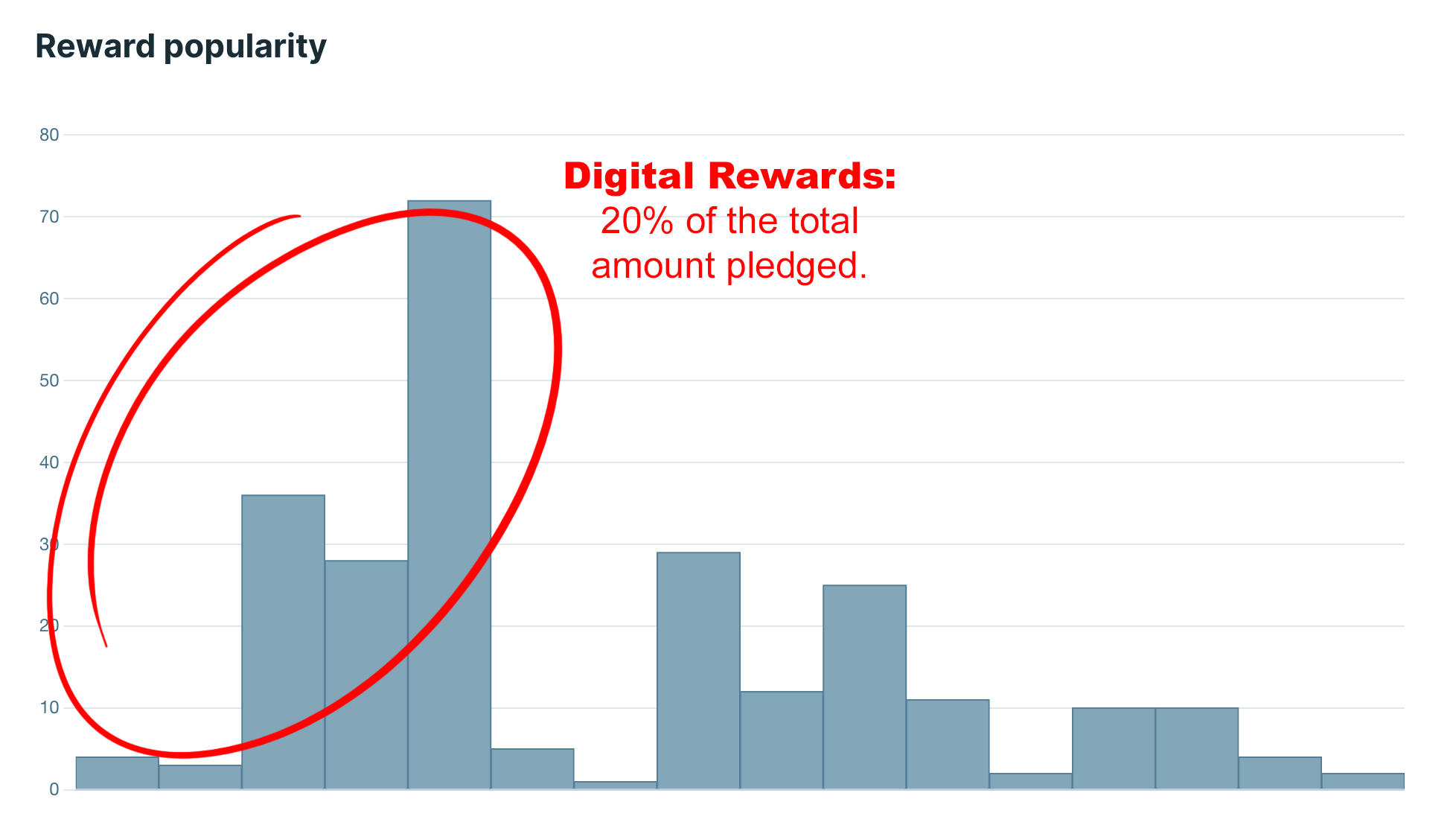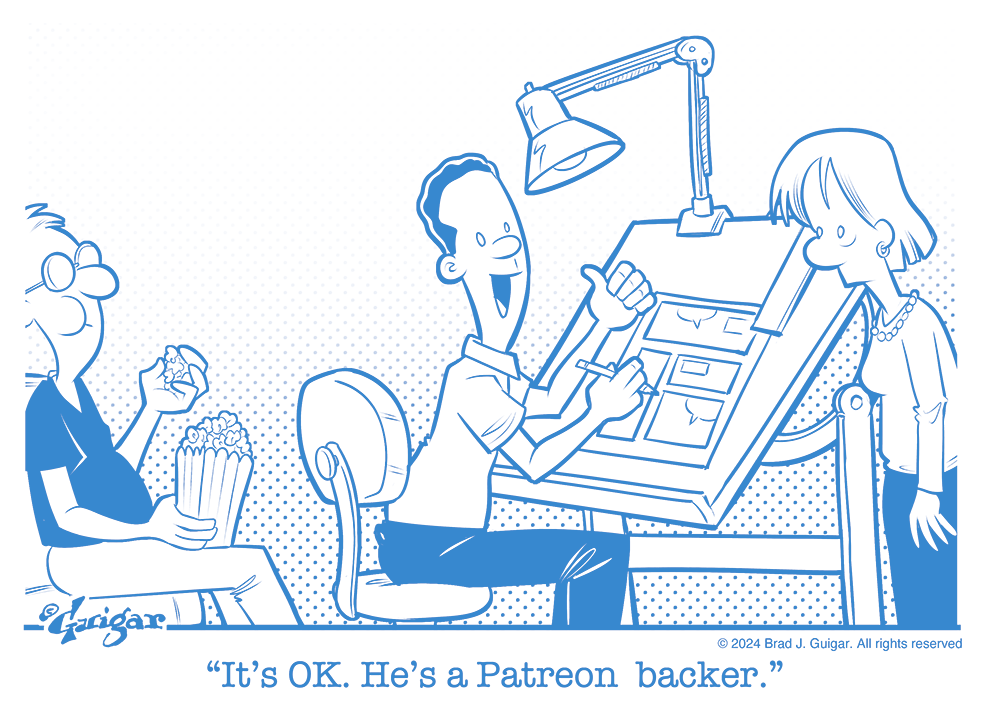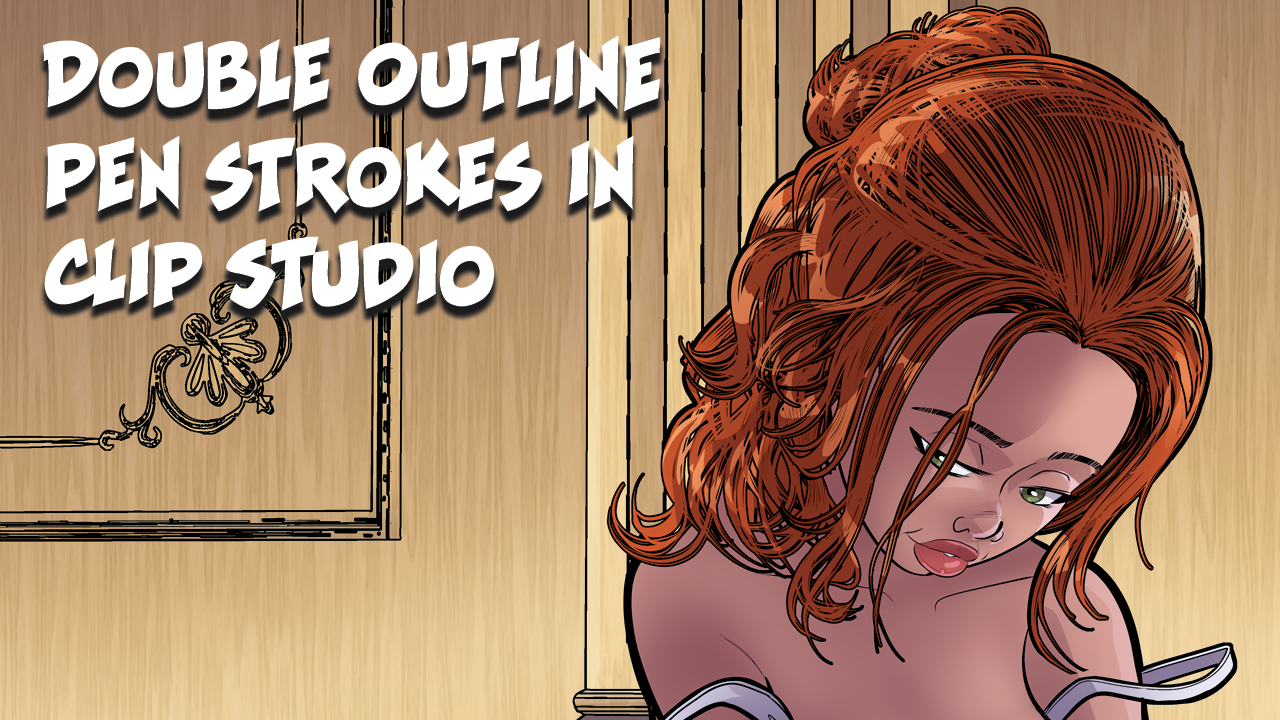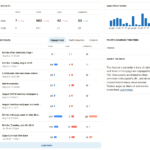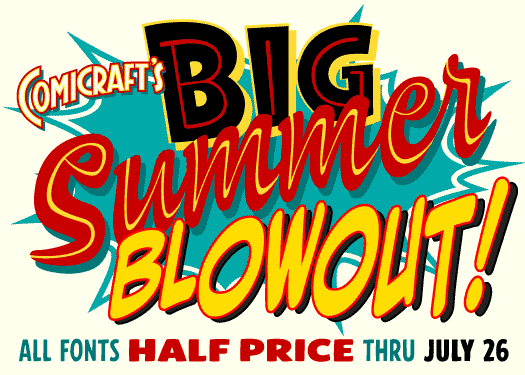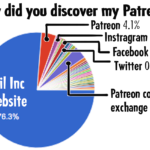Comic Lab: Launching a webcomic for the very first time
This episoide of ComicLab is sponsored by Wacom! Now that Dave Kellett is settled in from his trip to San Diego for Comic Con International, so it’s time for Brad Guigar and him to get down to answering some listener questions!
- Page numbering — After receiving a polite rebuttal to his original dismissal of page numbering, Brad reverses course on the topic.
- Why MAD magazine folded (it had nothing to do with its content)
- AT&T’s WarnerMedia pulled its Rooster Teeth booth at SDCC — and what that may indicate
- What needs to be in place for a first-time webcomic?
But first… A convention attendee explains that Dave should do a sci-fi convention. If he wants to succeed. Really. Right now.
